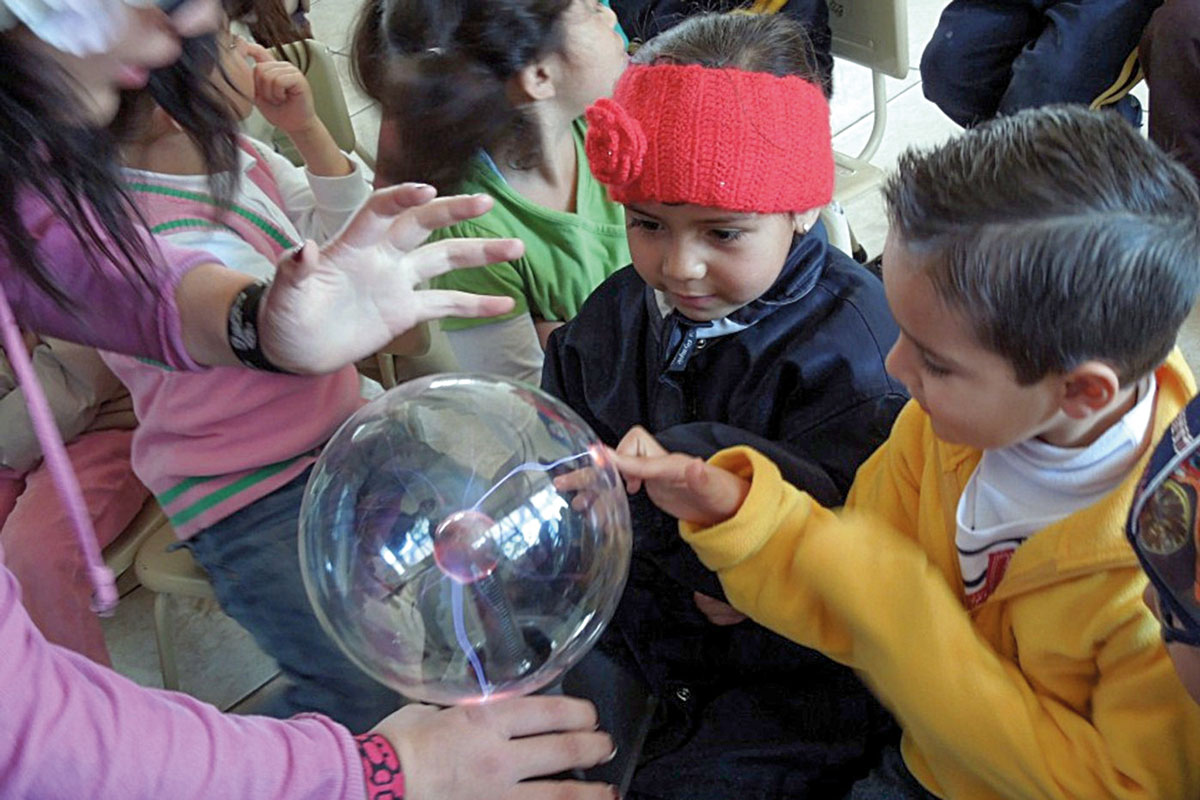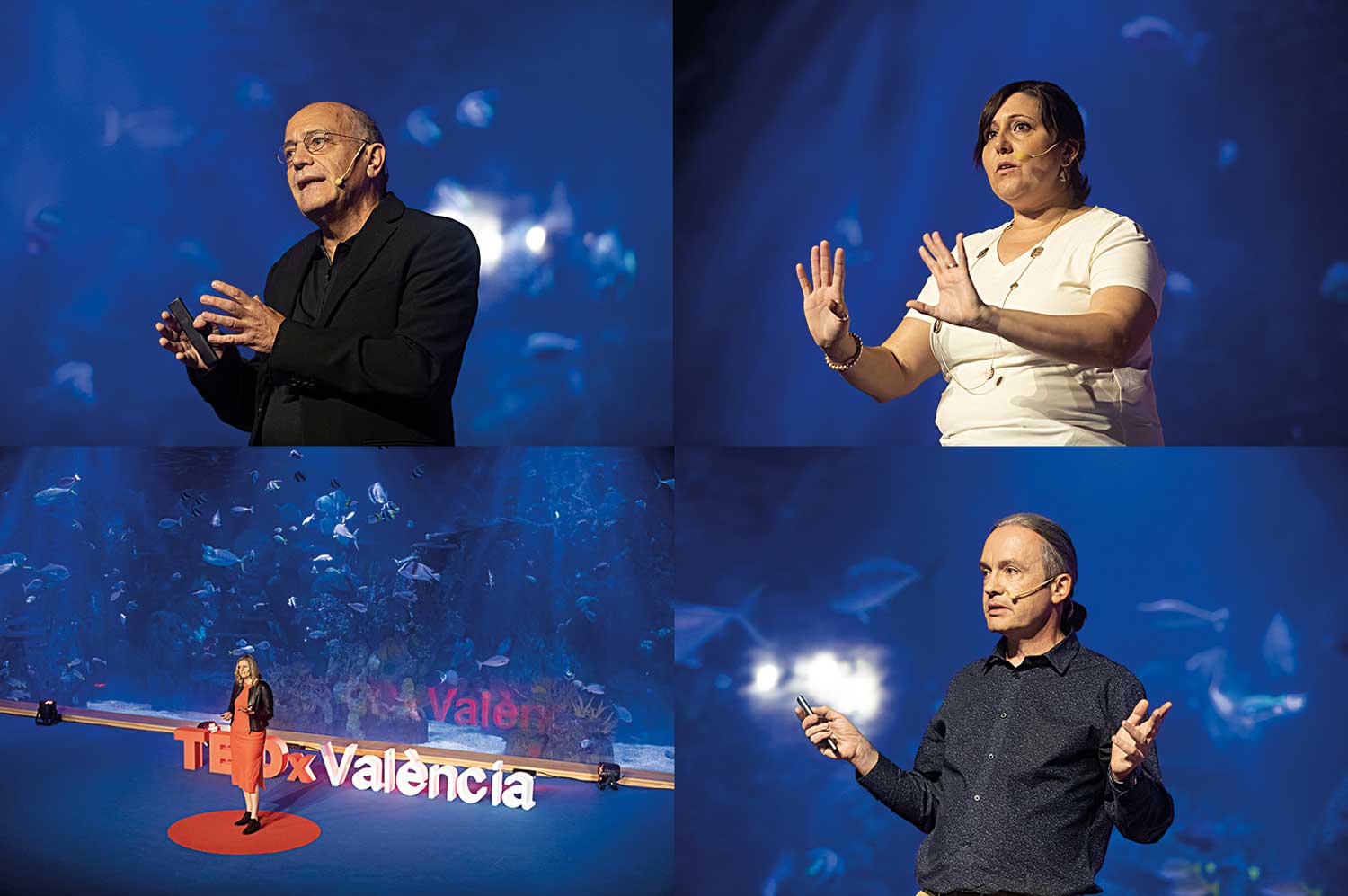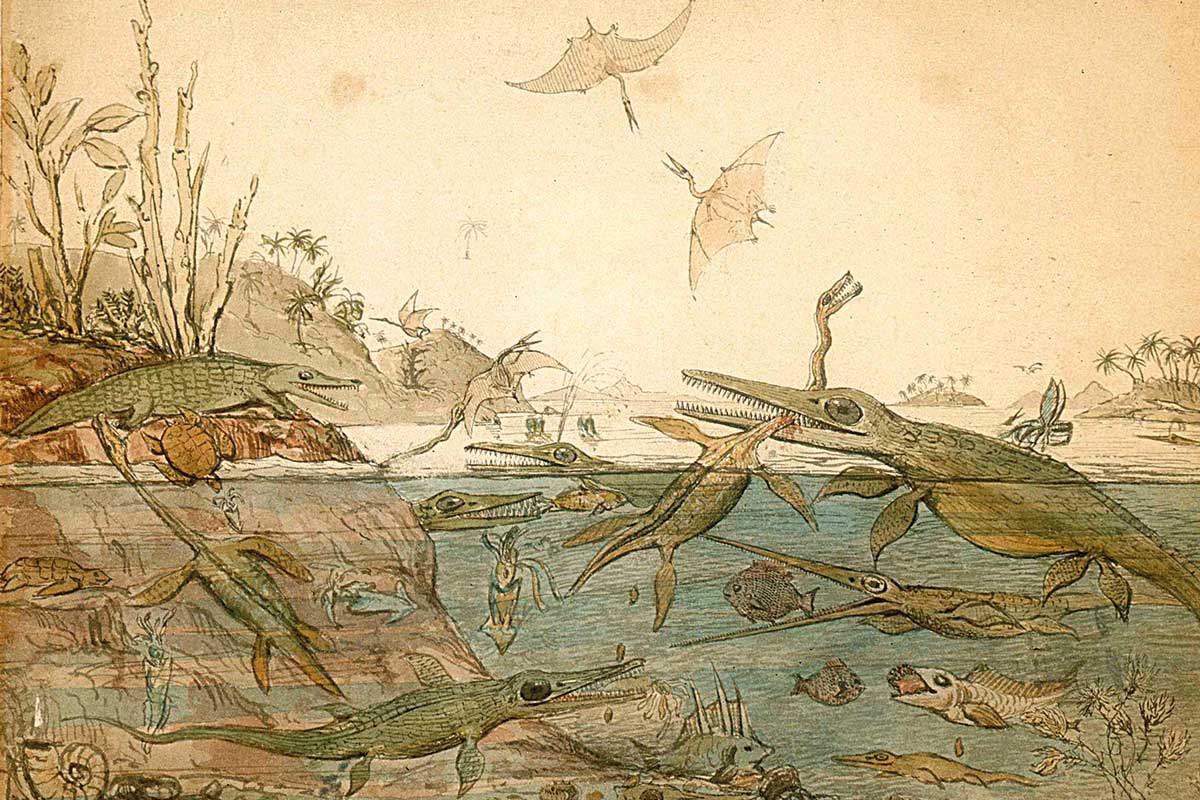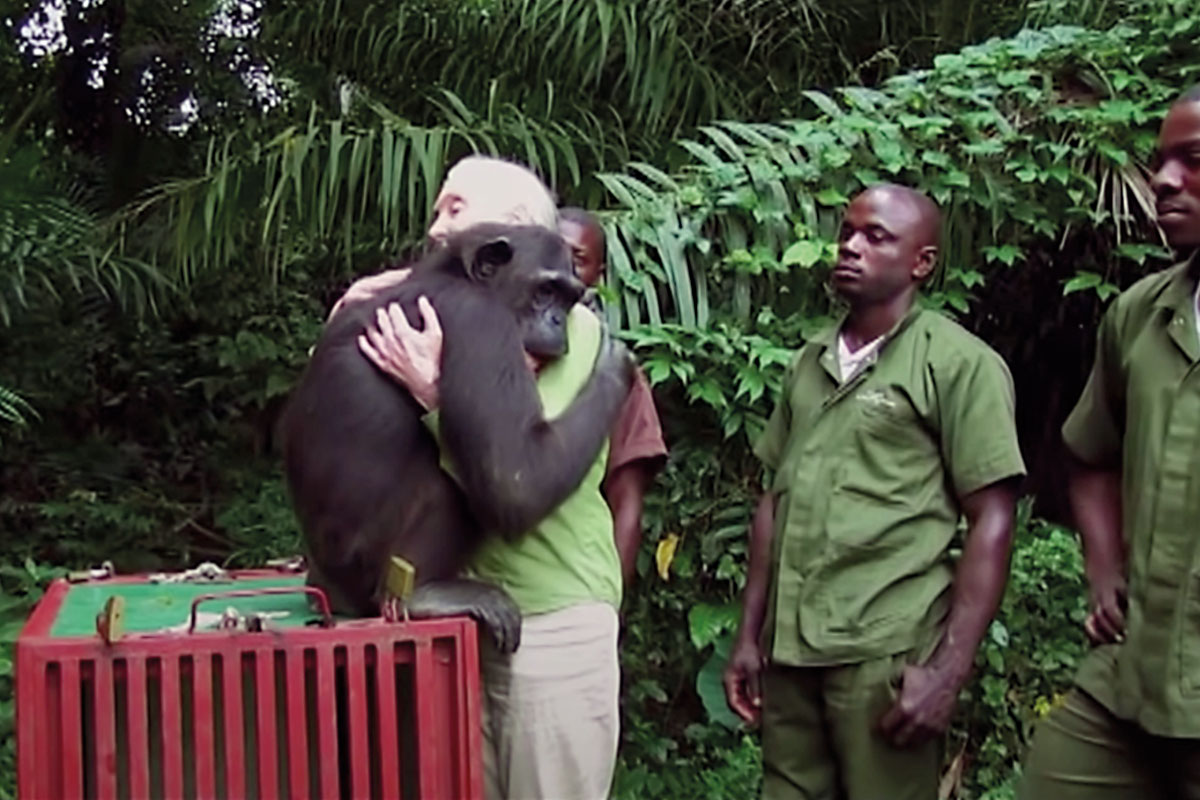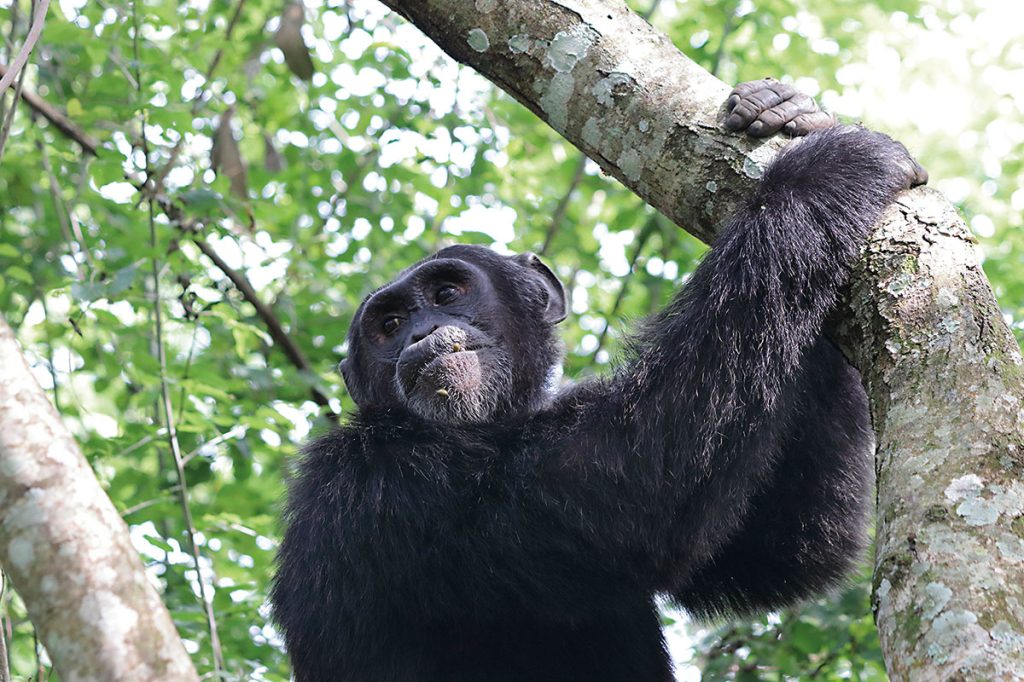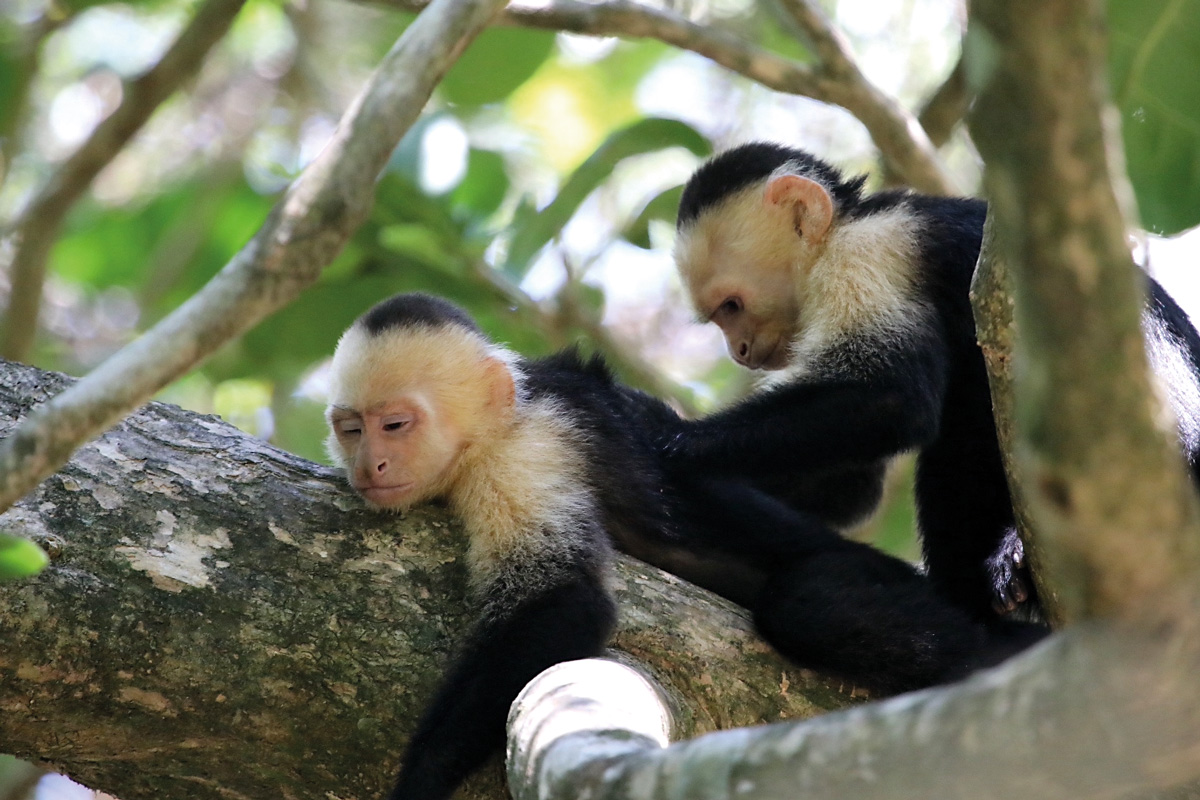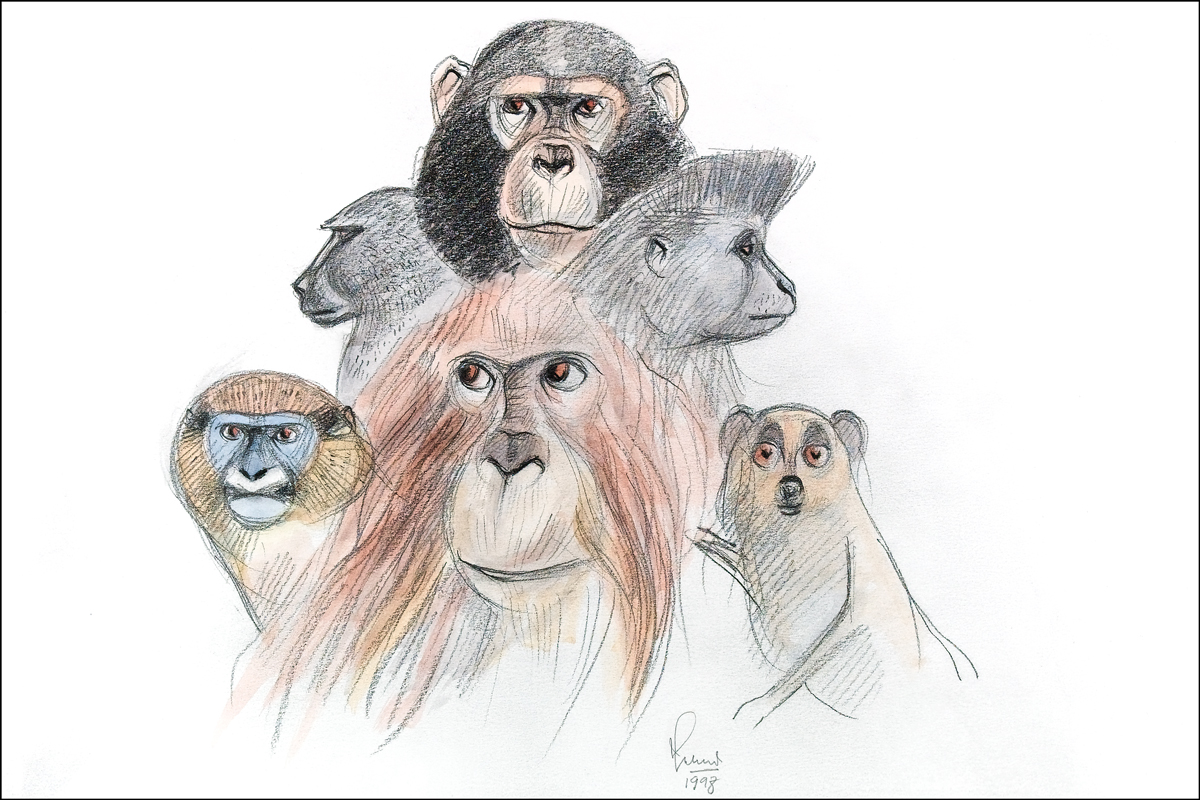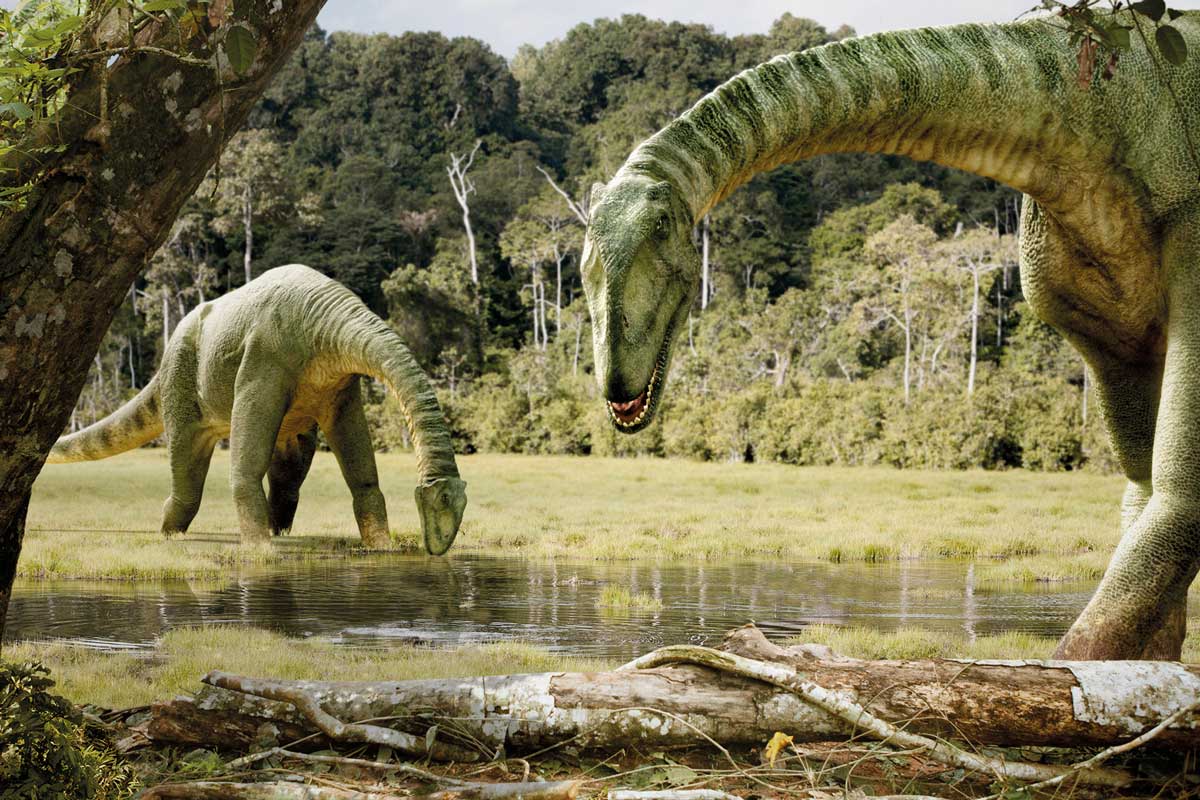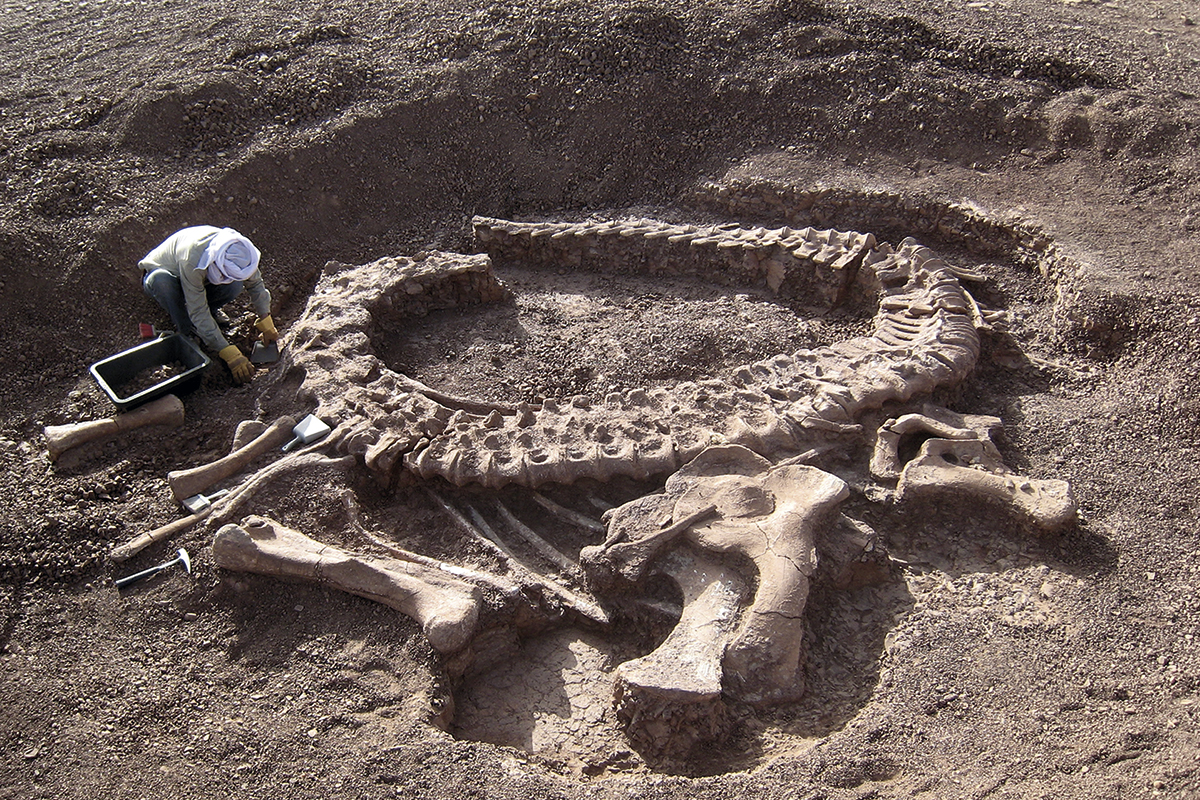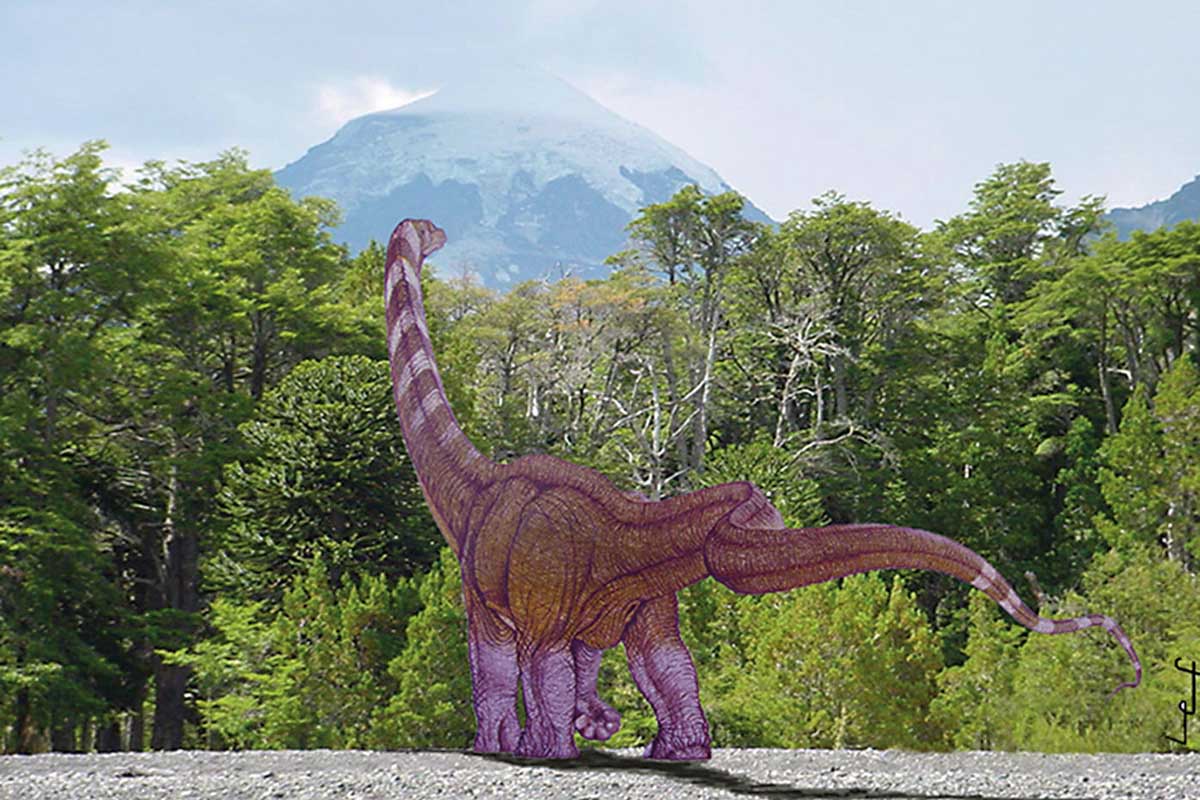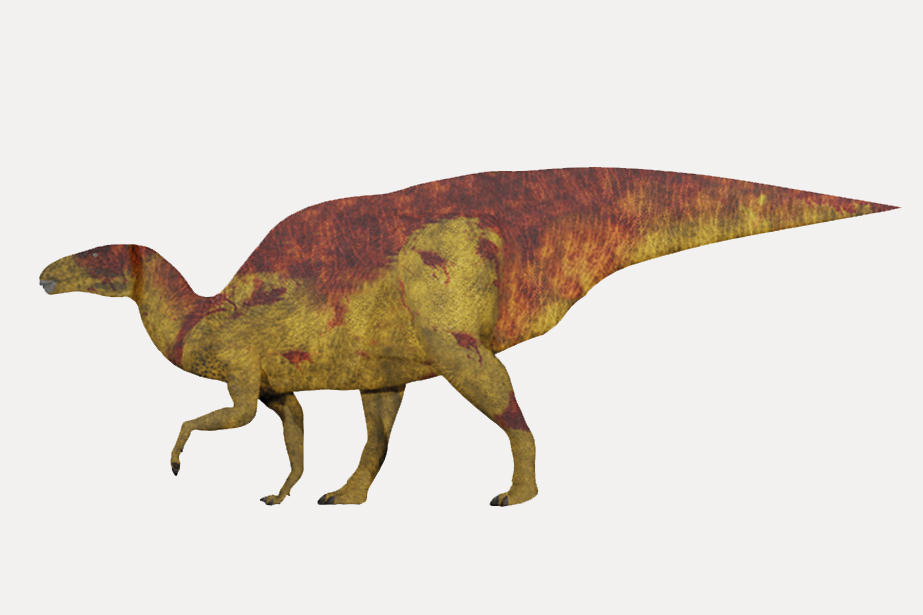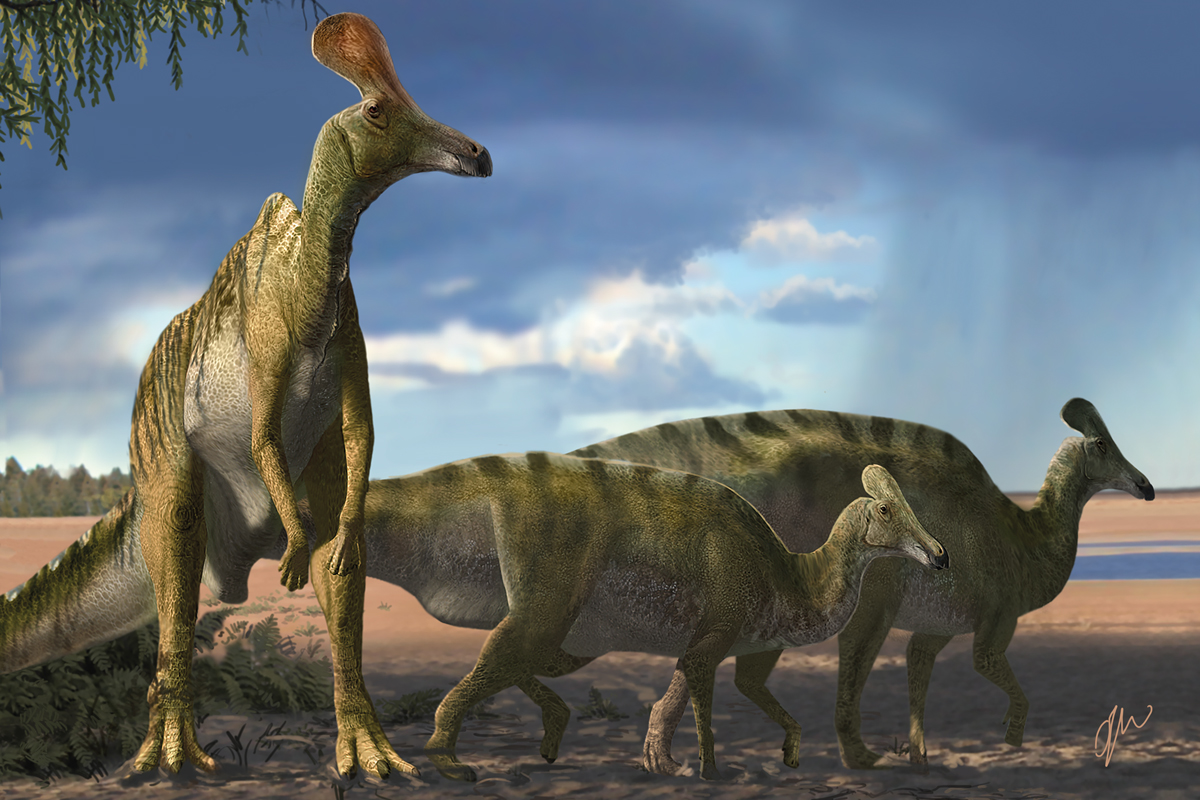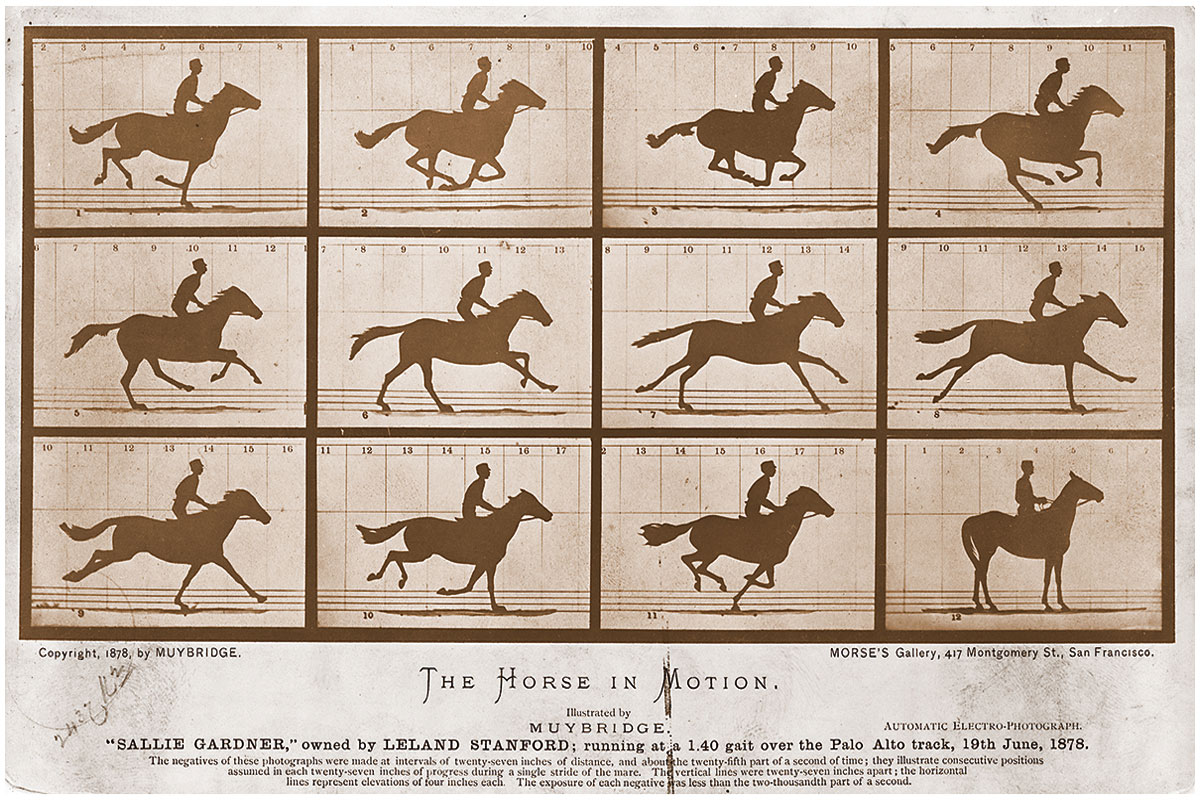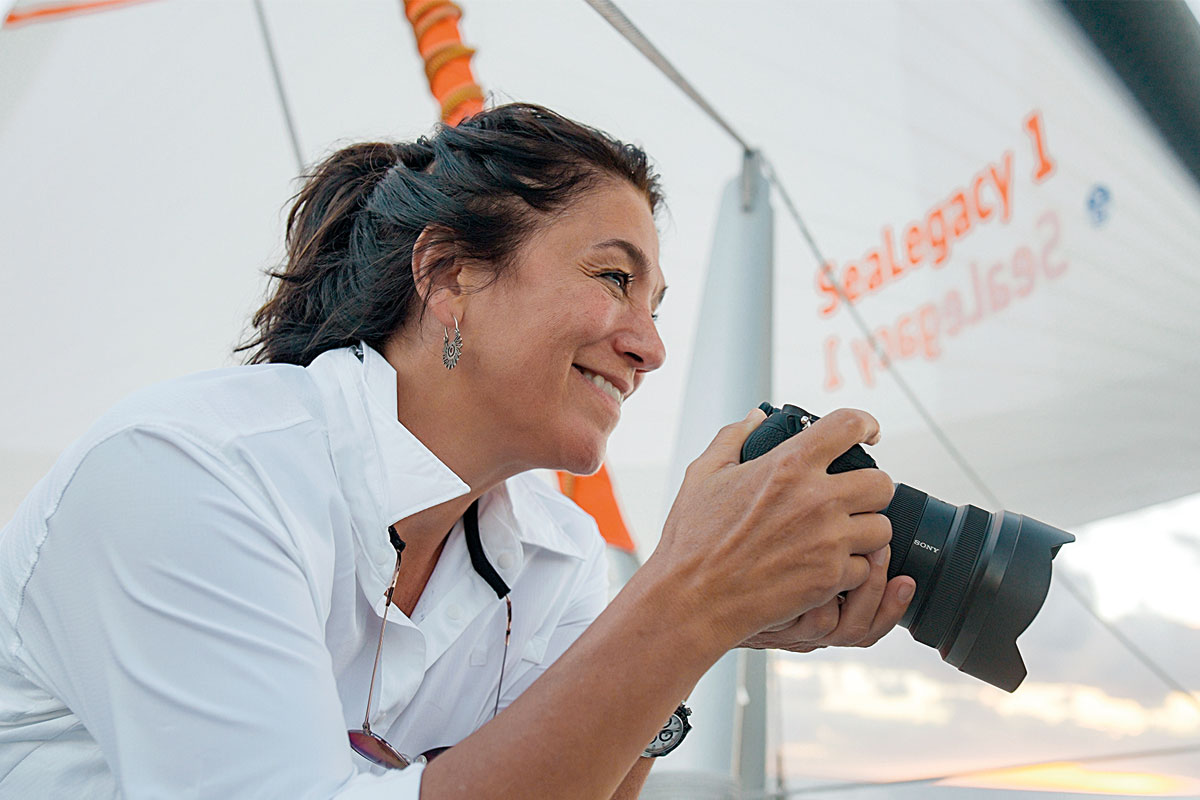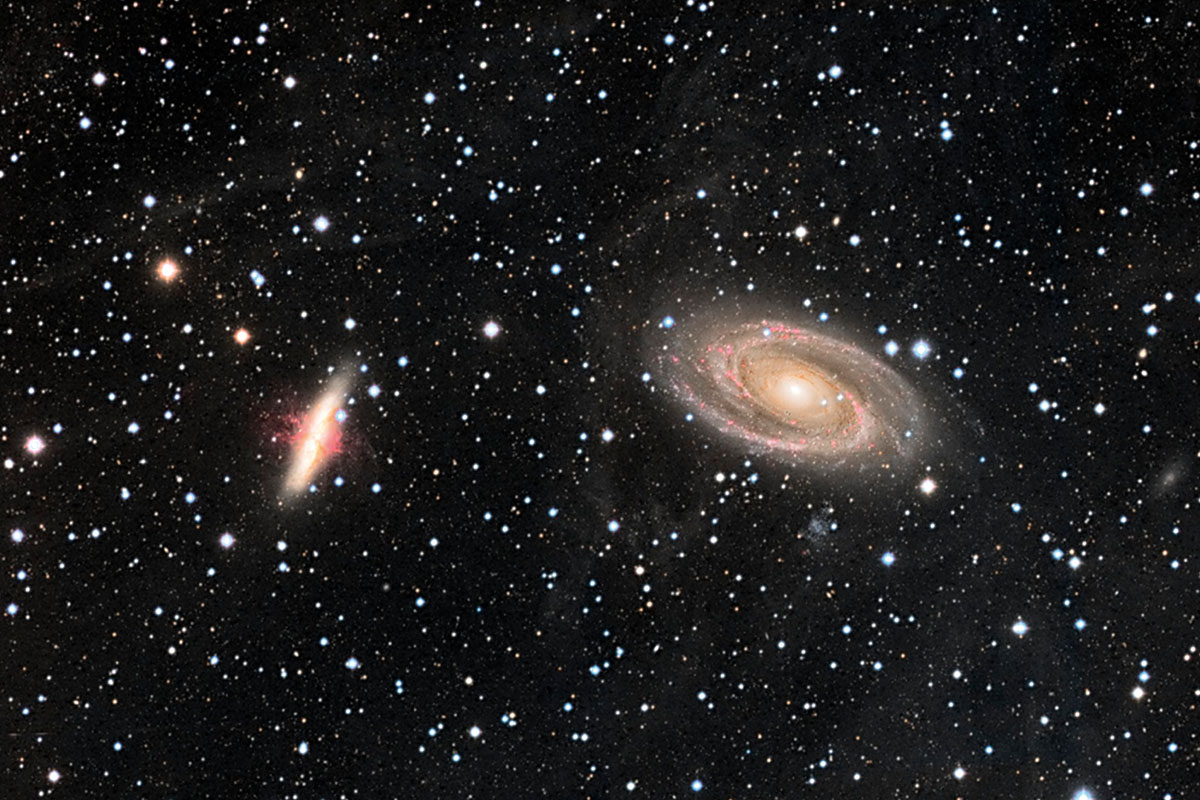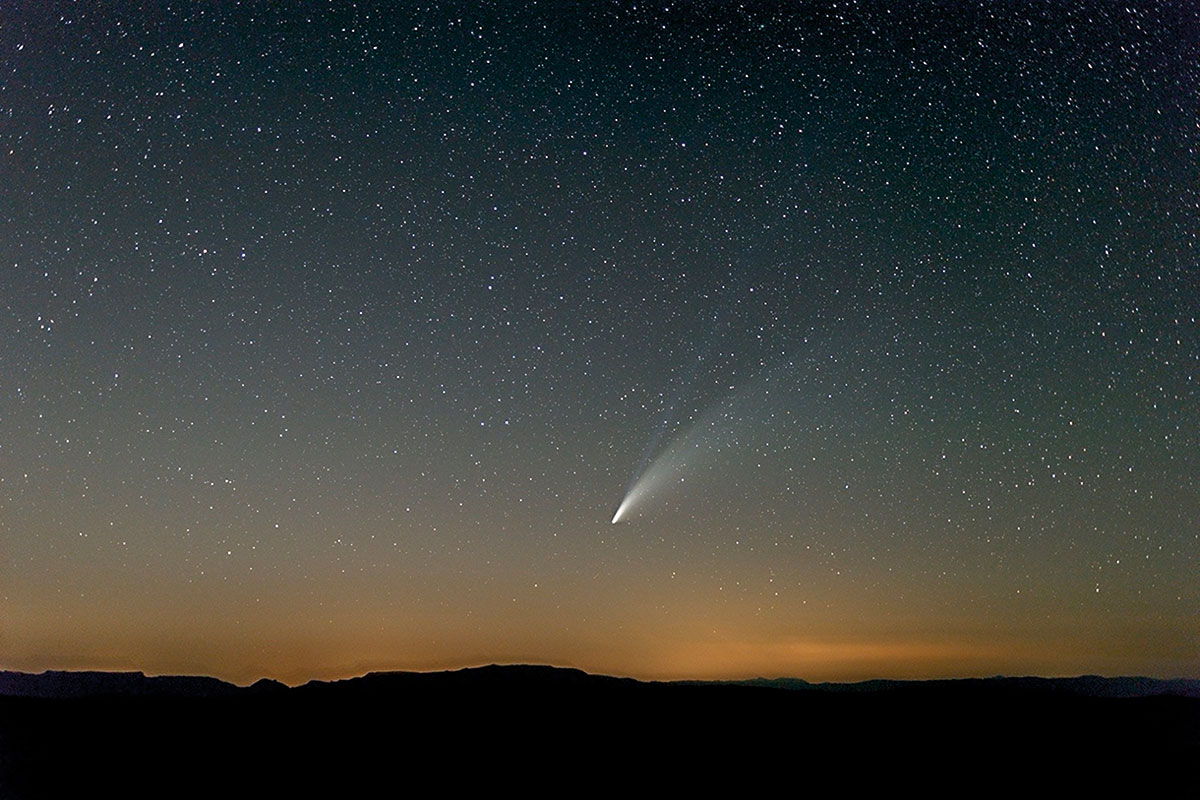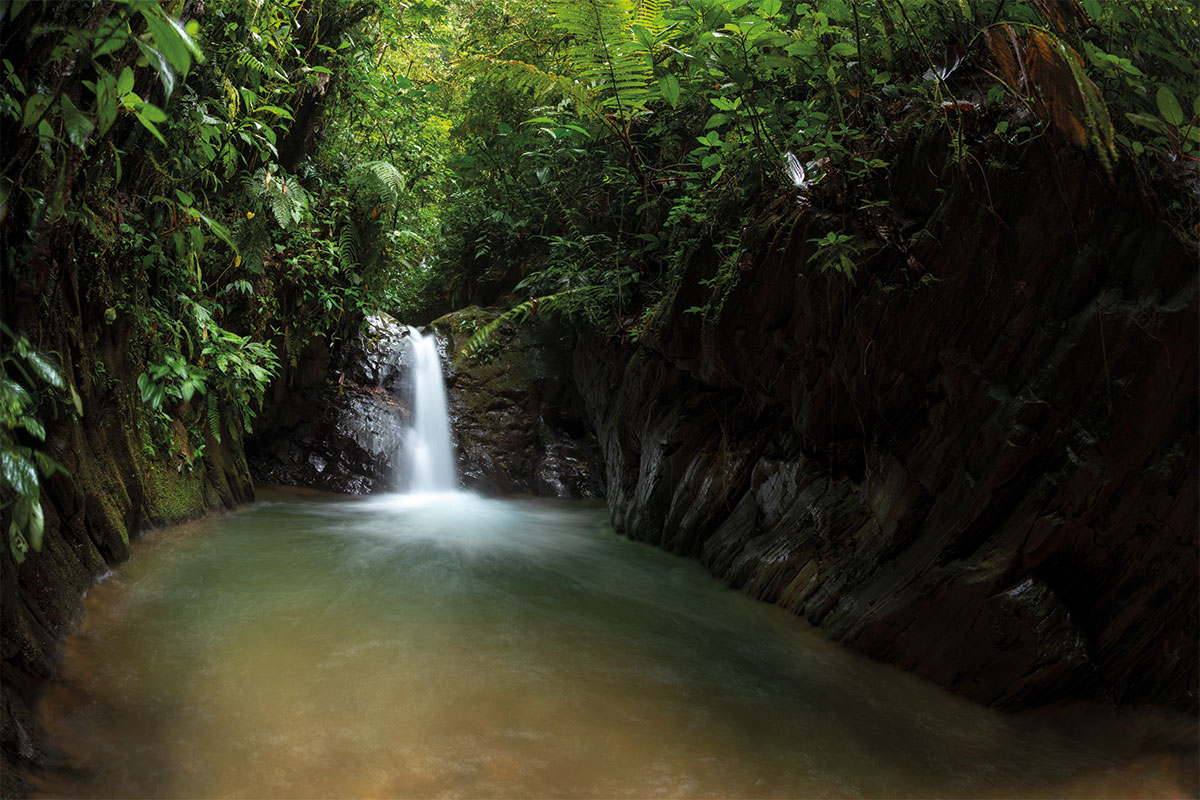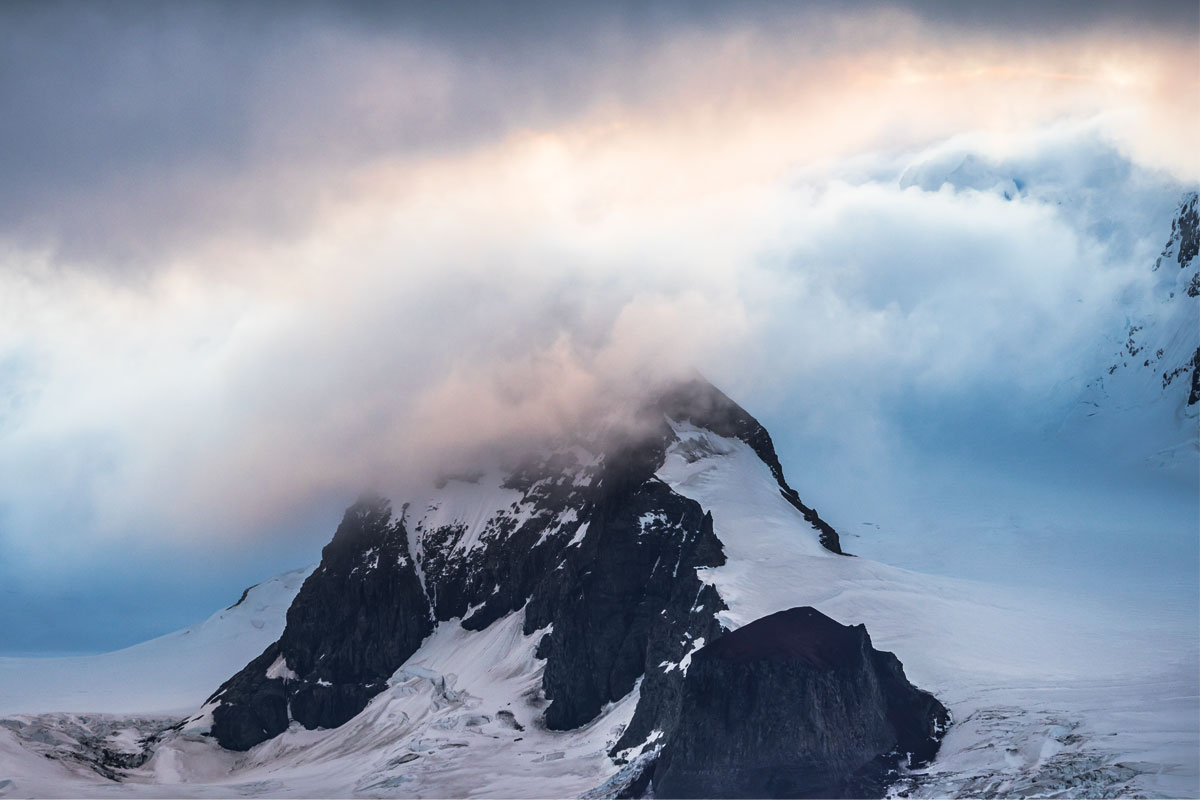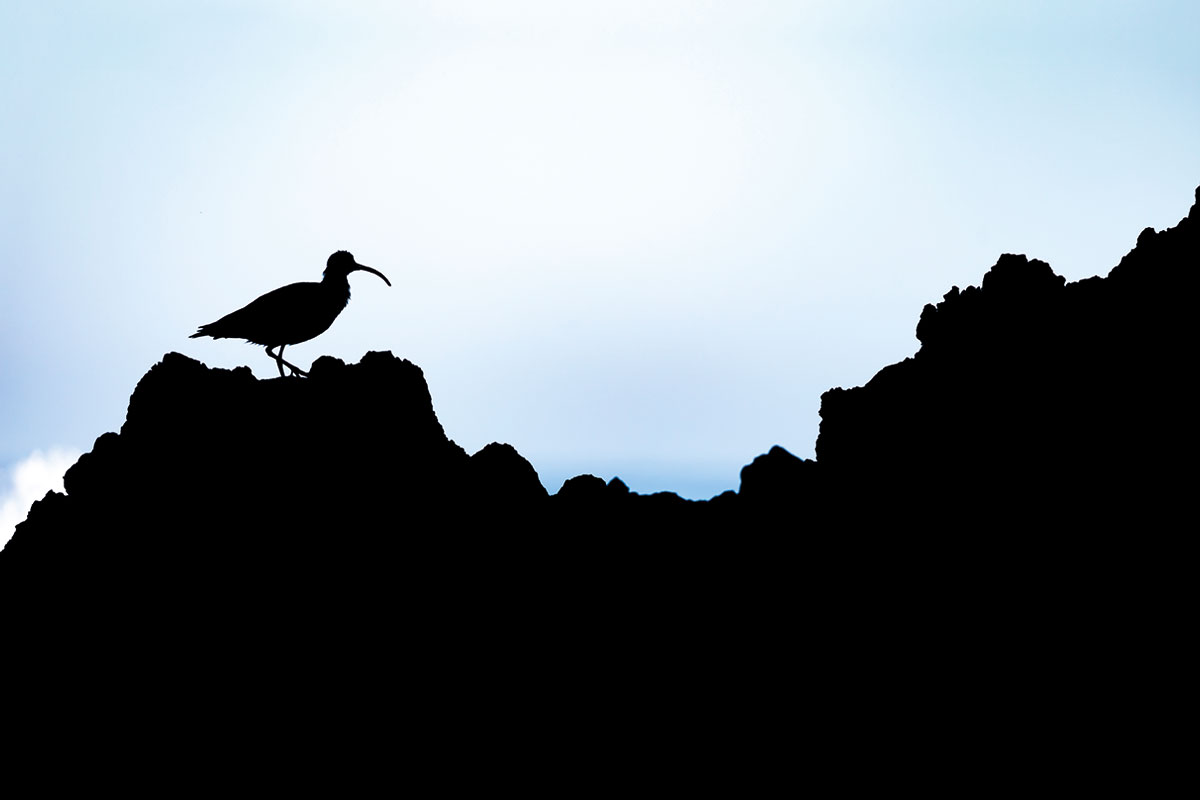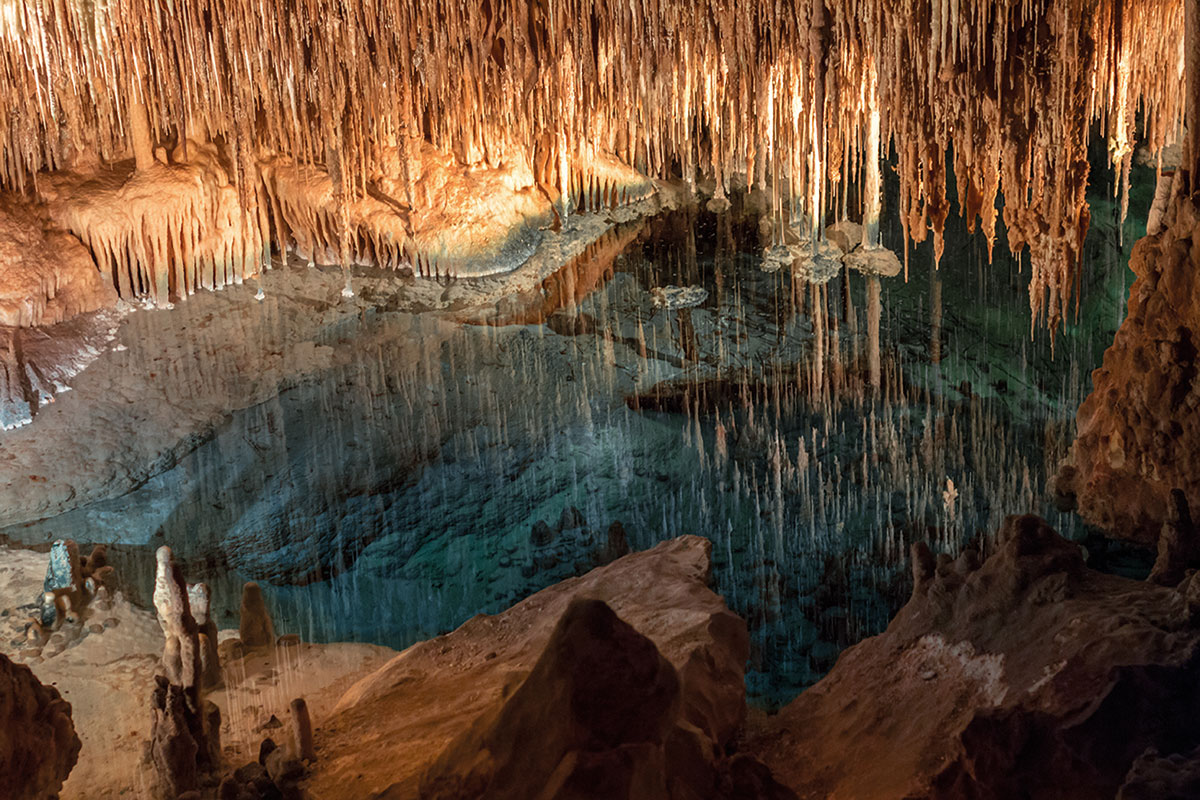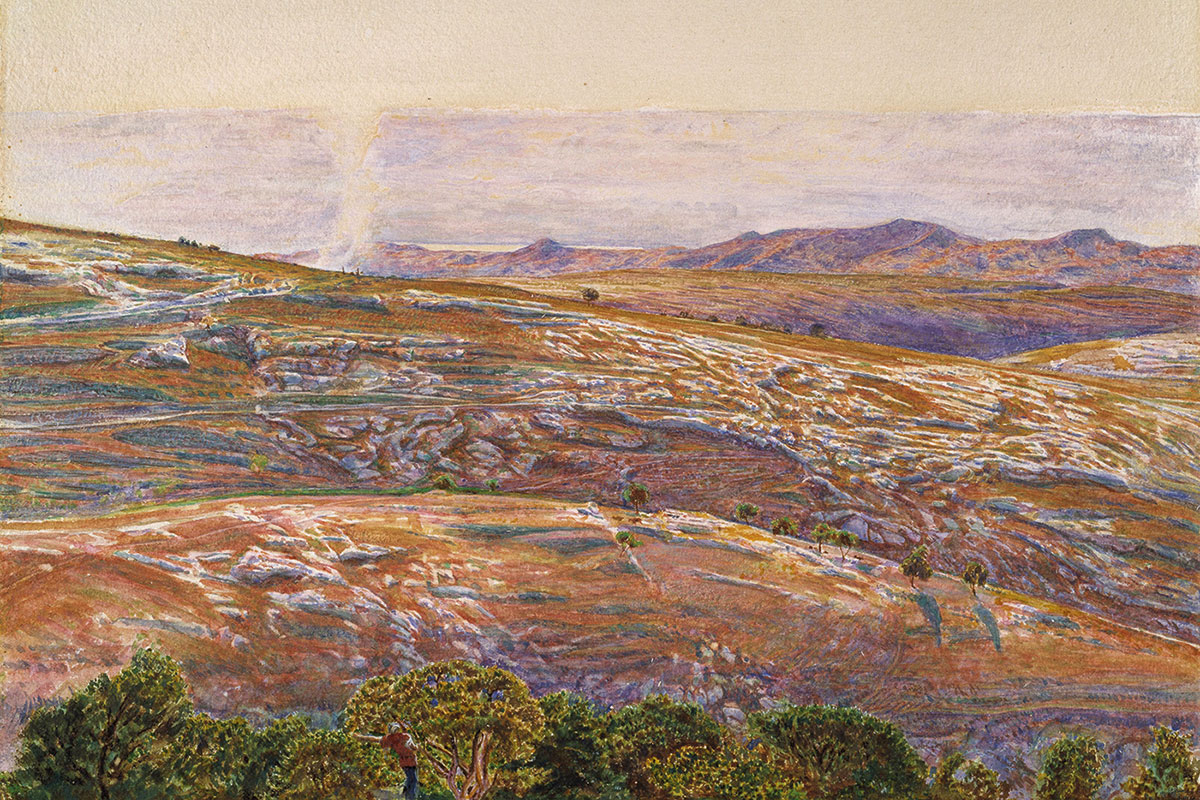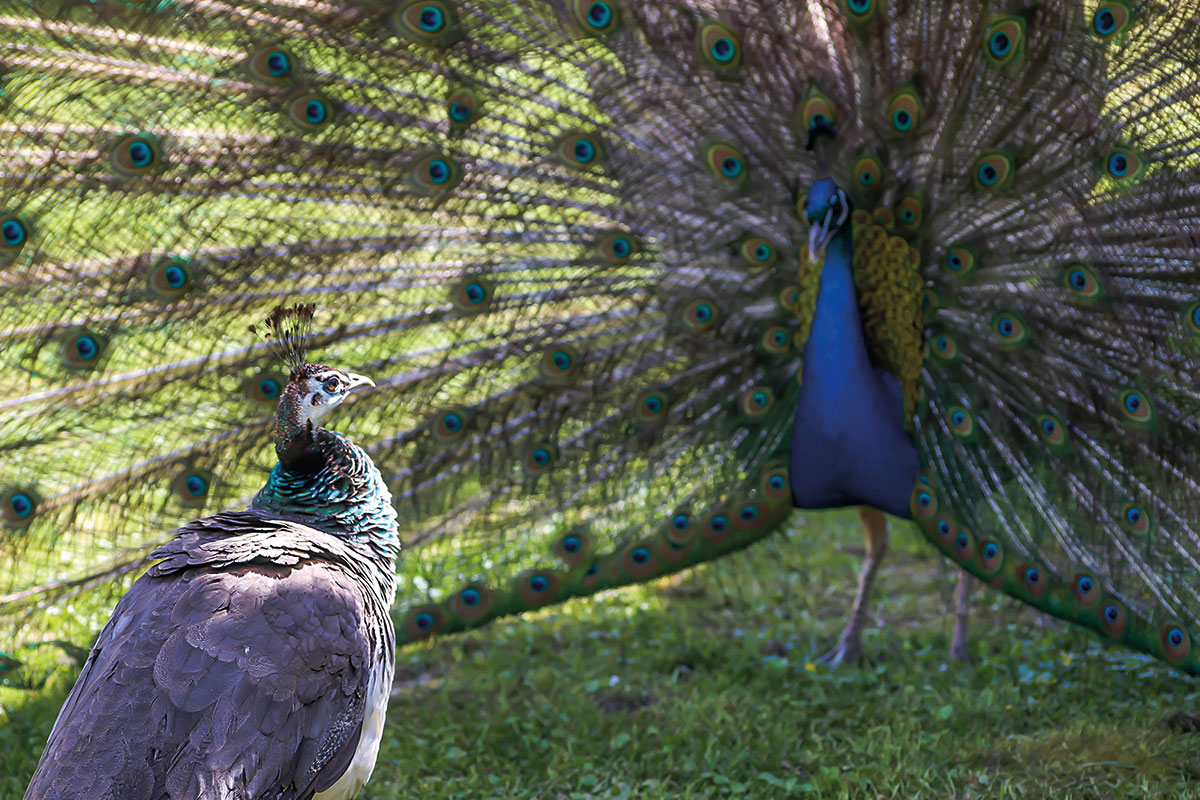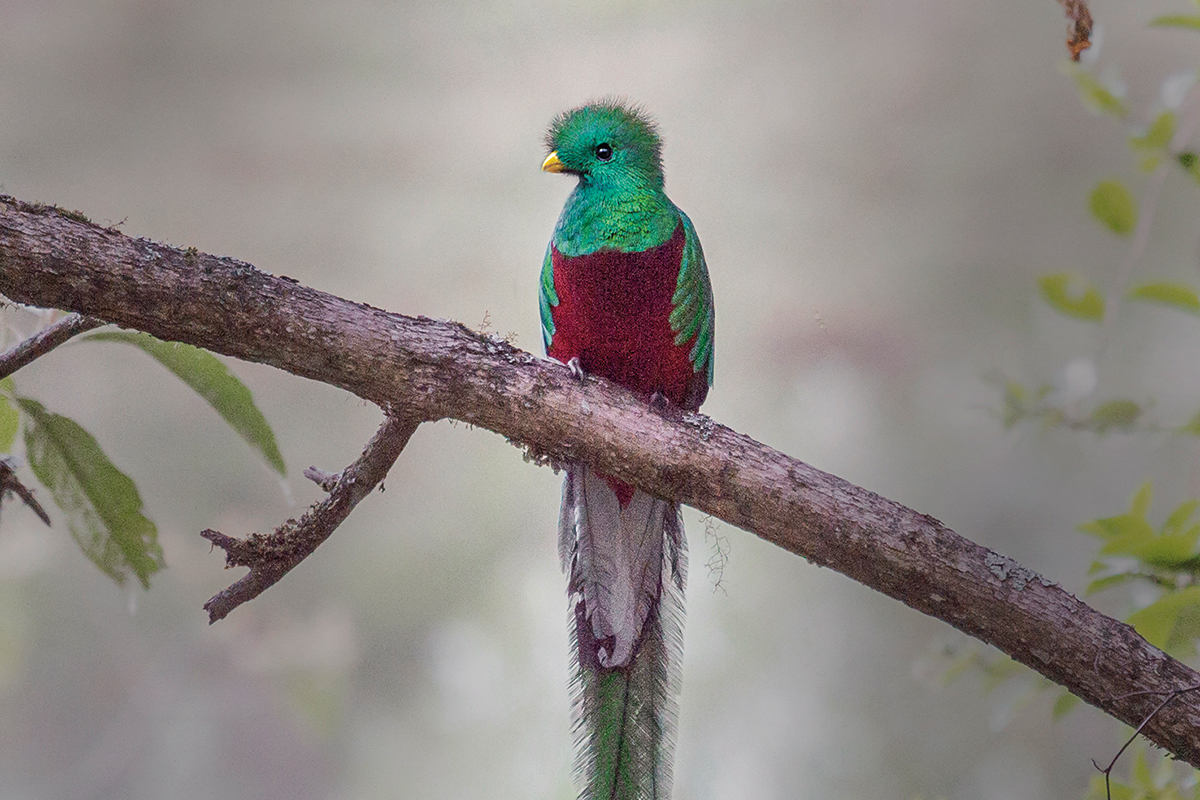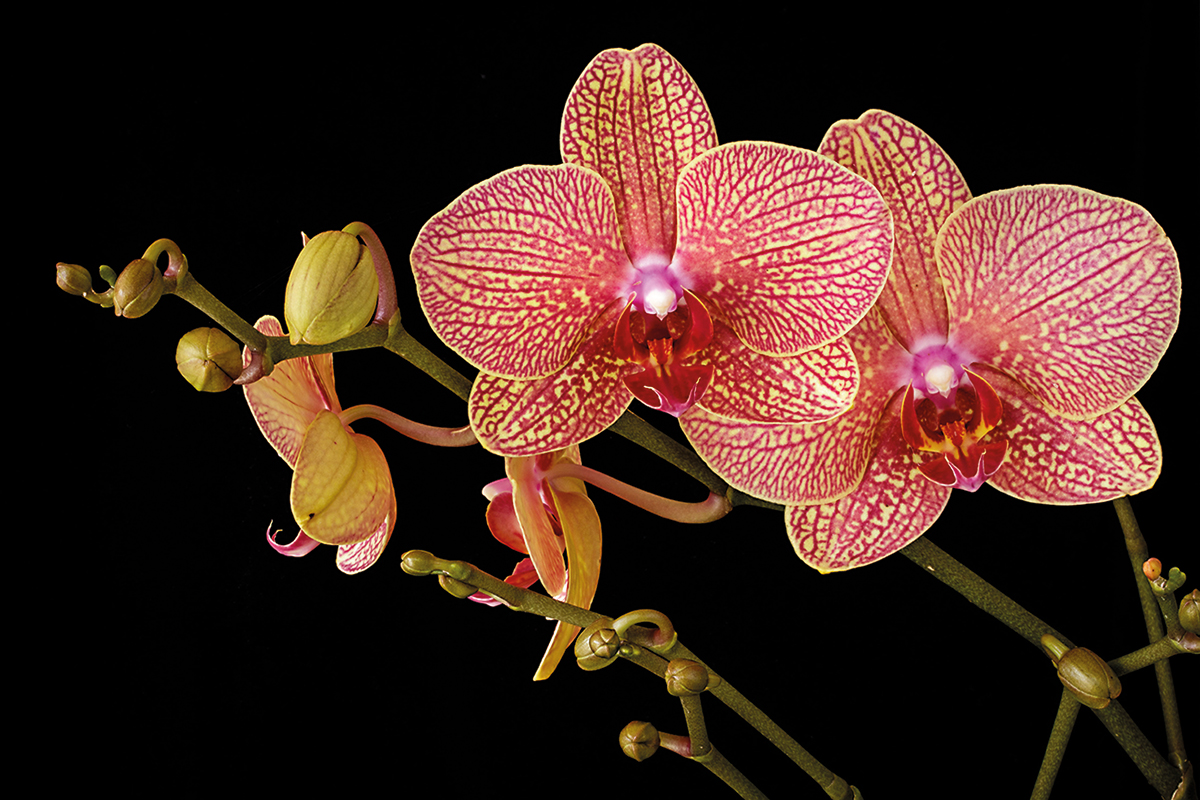Search
Today, citizens interested in science have many ways to access it, from the classic formats of books and journals, to television and radio programmes, to social networks and other internet platforms.
The plan to find a general definition of storytelling looked simple. Slightly unexpected problem, though… the simple, almost universal definition of storytelling was not found.
Christianity has produced stories that have served as a reference point for scientific research for centuries. Two of these examples are analysed here, the story of Creation and the story of Noah's Ark.
This monograph provides new points of view on the role of stories in shaping scientific thought, and on the way in which this resource communicates science.
What are the hunting roles in chimpanzees? The available evidence suggests that they are capable of coordination between individuals, but it is unclear whether they can also share a common strategy.
Primates usually live in groups. Sociality provides primates with benefits like support and learning opportunities that ultimately increase their fitness.
The order Primates includes more than three hundred species, among which are us, human beings. Perhaps that is why we are so fascinated by their study.
Spain is representative for the use of dinosaurs as a tool for territorial development in rural areas, which promotes the presence of specialists, museums, geoparks, etc.
Over the past 20 years, the study of fossils using 3D visualisation techniques, better known as virtual palaeontology, has revolutionised the study of organisms from the past
Which was the most giant titanosaurid sauropod from Argentina? Argentinosaurus has been proposed as the largest titanosaurid, but recently a new king has been erected: the Patagotitan.
The Maestrat Basin is a favourable area for the discovery of dinosaur fossils. The findings in this area provide valuable information to understand the evolution of hadrosauriforms.
This monograph summarises a variety of contributions on dinosaurs, including contributions on dinodiversity documentation.
Despite being intended mainly for artistic purposes or for personal use (portraits and travel diaries, etc.), photography soon became a valuable ally of science.
Interview with Cristina Mittermeier, conservation biologist and photographer. She shares her projects, which combine both of her professional interests.
Astrophography is a powerful tool for both amateurs and professionals to study the universe.
Photography has established itself as a key tool in astronomical research and is fundamental to a better understanding of the universe.
Nowadays, the combination of photography and biodiversity is an important tool for scientific projects, especially in the field of conservation.
Photography has positioned itself not only as an effective means of collecting data, but also as a tool for sharing scientific information, both inside and outside the academic world.
The search for certainty in a world that is often so binary – where choosing between two options seems to be the better (and simpler) alternative – gives meaning to
The correlations between art and nature have been independent of the contextualising filter of human cultural history and corresponding scientific developments.
The Pre-Raphaelite Brotherhood and the Arts & Crafts movement sought in nature and medieval legends the authenticity they considered lost.
Every species' mate choice is determined by what individuals consider beautiful. Beauty has a biological meaning shared by many species.
Throughout evolution, sexually reproducing animals have used the process of beauty recognition to maximise their attractiveness to the opposite sex.
The debate about the perception of beauty by non-human animals has no simple answer. This article analyses the relationship between natural selection and aesthetic criteria.

